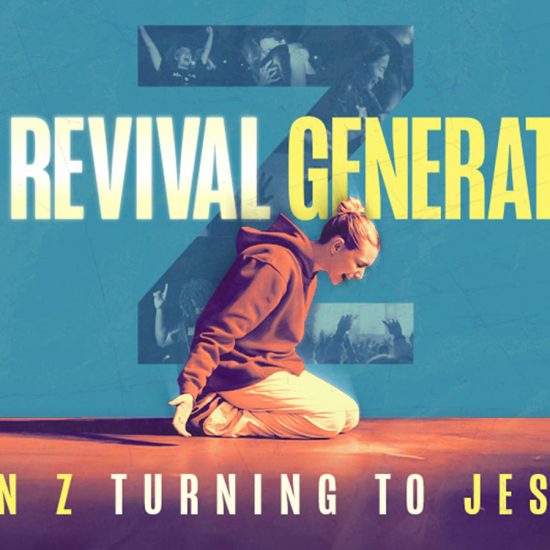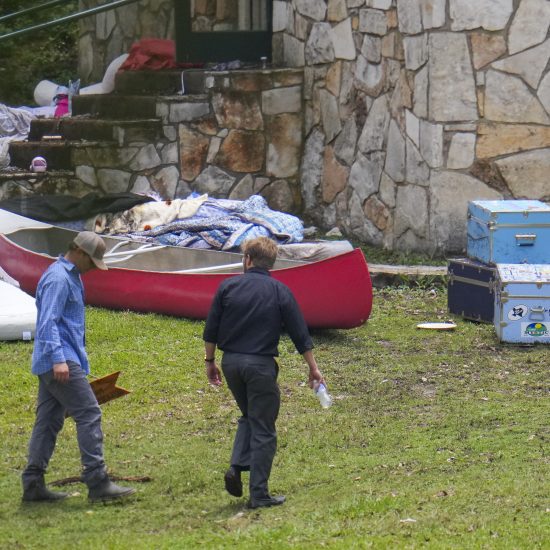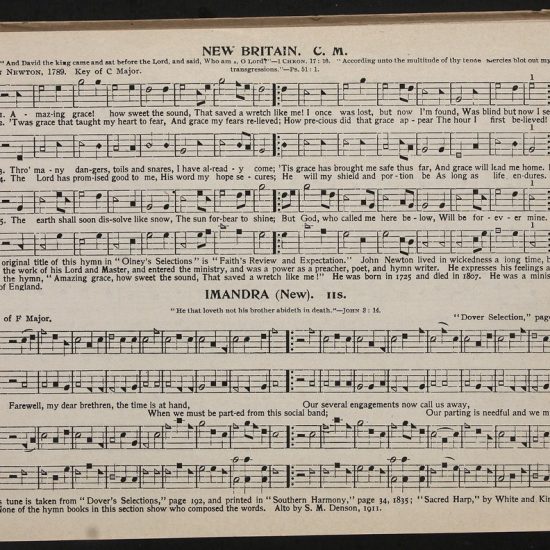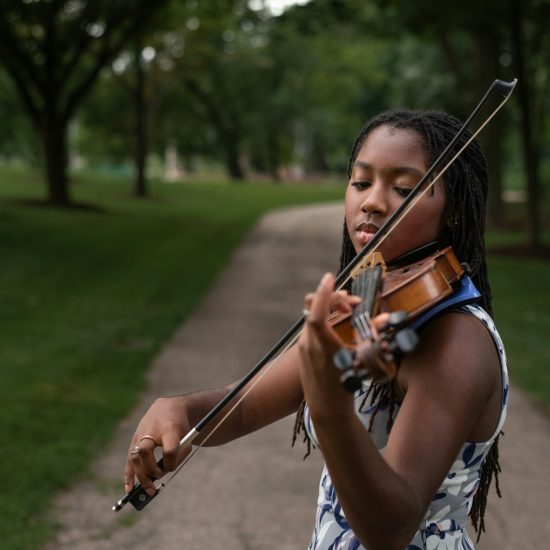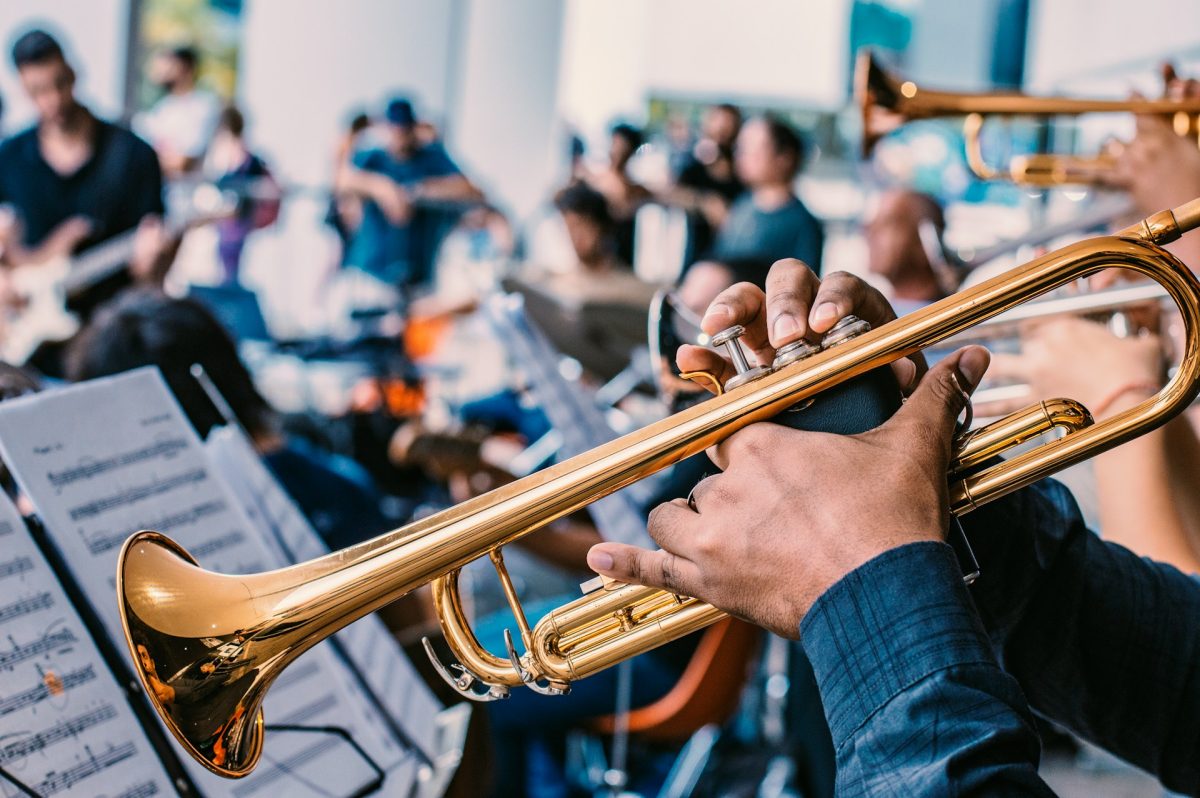
Recently, my son participated in a summer jazz camp at a local university. On the last night, all the different ensembles gathered to put on a concert for the families with the jazz standards they had been working on. As I watched the talented young people play together, I was overcome with the undeniable realization: “This is like the kingdom of God.” It may be a leap from middle schoolers on saxophones to the way of Jesus, but I could not deny the connection as I sat there.

Rev. Dr. Sarah Blackwell
First, the camp was delightfully representative of the different types of people in God’s kingdom. The students were up there shattering stereotypes and being wholeheartedly themselves; there were no rules as to what instrument certain types of students “should” be playing. Each student, no matter their background, loved their instrument deeply and clearly. They expressed themselves in their hair, accessories, and quirky personalities, and it was so refreshing to see young people confident in themselves and supported by a group. It made me wonder if our churches are this welcoming and accepting. Do they allow young people to be themselves without fear of judgement?
The students listened to each other intently with a head bop or clap against their chest or instrument. They so genuinely supported one another and basked in each other’s success. They understood fundamentally that the collective benefited from the success of each individual member. One of my favorite parts was when one of the singers got in a “conversation” with the bass guitar player by scatting a line and having the guitar respond back. It was an exchange based on mutual listening and respect. The best moment of each song, though, was after several members soloed and the band came back together in a collective, jubilant reprise of the melody. The joining of all those instruments in a common theme made such an impact. Do we support each other like this in our churches and listen intently to others? Do we understand the idea of give and take?
Jazz is not hierarchical; everyone takes their turn. Oftentimes, there is no director — just a collective understanding of how the musical elements will work together. Even if you play very different instruments, you must listen to one another and know how to pick each other up. Sometimes there is dissonance in the group, but by listening closely, you can find your way back together again. As one of the camp instructors noted, “Sometimes you have to be comfortable with being uncomfortable.” Together you can find a new way forward. This is really the story of jazz itself.
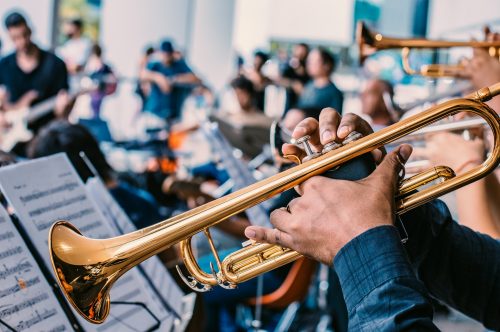
Photo by Bruno Justo Pego on Unsplash
Jazz has been defying convention since its early days in New Orleans, where disparate traditions all began to mix in new ways. From West African rhythmic patterns to Black blues scales to White instrumentation and harmonies to Latin influences, jazz was woven together from traditions around the world. These students did not march to the beat of different drummers but to the same core heartbeat. In the big things, there was unity; in the other things, individuality. There were some fundamental rules that set the stage that all had to agree to when it came to the scale, the chord structure, and the rhythm, but after that, each person was permitted to express themselves with whatever came into their heart and head. After all, are we not all just improvising each day with the love and moral guide of Jesus in our hearts?
I was also inspired by the faculty; the teachers were so in love with jazz that they beamed as they stood along the side watching their students perform. It was so clear that they understood it was not about them but about passing their joy, knowledge, and passion on to the next generation. They embodied what it meant to be an evangelist: committed, enthusiastic, exuberant, and well-trained. They did not dictate the way forward, but they allowed for questions, exploration, trial and error, and play. These impassioned leaders could not contain their joy in communicating this love to the next generation. No doubt, many students were converted to a love for jazz that week. What if we taught the gospel in a similar way? With passion and purpose, could we convey more themes and then let students riff on them as they are led by the spirit? Could our exuberance inspire the next generation?
I am pretty sure that Jesus is a big fan of jazz. I mean, look at the ensemble he put together while on earth. He chose to riff with a diverse band of characters from a tax collector to a zealot to the wife of a high-ranking Roman official to a Samaritan woman. He threw convention and expectations out the window. He understood that they would not always be harmonious with each other, but that they could come back together when needed. I would like to think of Jesus at a heavenly jam session with Jeremiah wailing a melancholic melody, David riffing on a popular psalm, and Miriam swaying her body to the syncopated rhythm. Oh, and I’m pretty sure the angels’ trumpets would be playing Louis Armstrong.
Rev. Dr. Sarah Blackwell is a contributing writer at Word & Way and a graduate of the Gardner-Webb School of Divinity and the McAfee School of Theology. She teaches in the Religion and Philosophy Department at Wingate University. One of her favorite jazz songs is “Burritos to Go” which reminds her of her son playing with his virtual middle school band during COVID. Her intergenerational faith formation book, God is Here is available through Amazon and other online book retailers. Follow her writings at www.proximitytolove.org.



